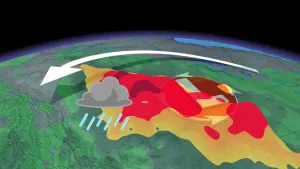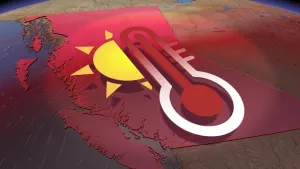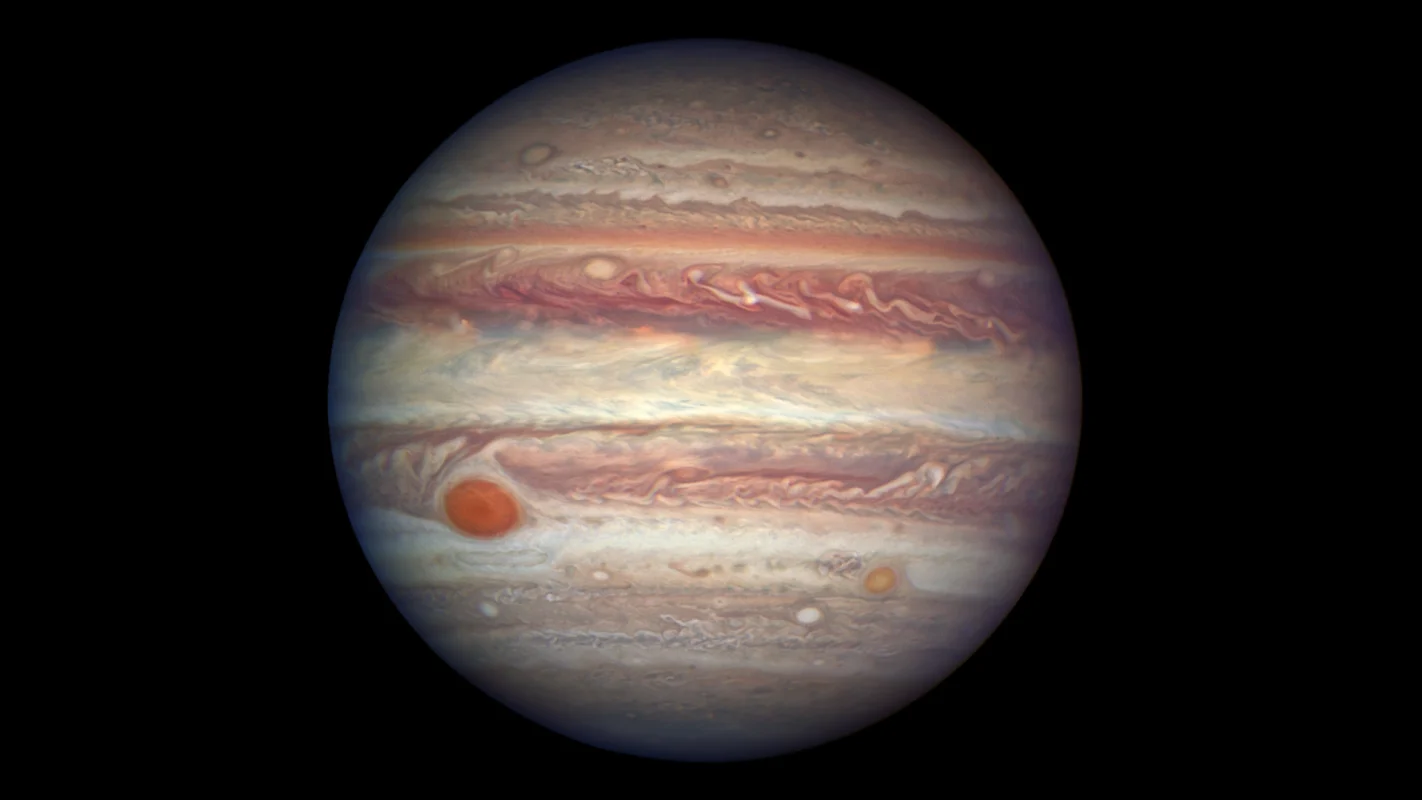
Jupiter's bright moons can be seen from Earth, here's when
For just a few days the massive gaseous planet will be at its best visibility from Earth
Jupiter is a stunning gas giant and has a number of characteristics that make it a fan favourite. It is the largest planet in our solar system and could fit 1,300 Earths inside of it, and also has a persistent swirling storm, which is famously known as 'The Great Red Spot.'
Over the next few days you have the opportunity to see this gaseous beauty shining at its biggest and brightest for all of 2019.
On June 12 Jupiter will be the closest to Earth for this year and will continue to illuminate our night skies across North America after it reaches opposition on June 10. A telescope or binoculars will help you see the four brightest and largest moons swirling around the planet around 9 p.m. local time.
WHAT IS OPPOSITION?
As Earth whirls around the Sun once roughly every 365 days, the outer planets whirl a lot slower. These differing orbital periods allow us to go between the Sun and Jupiter yearly (approximately every 13 months), making it appear, from Earth, that Jupiter is opposite to the Sun.
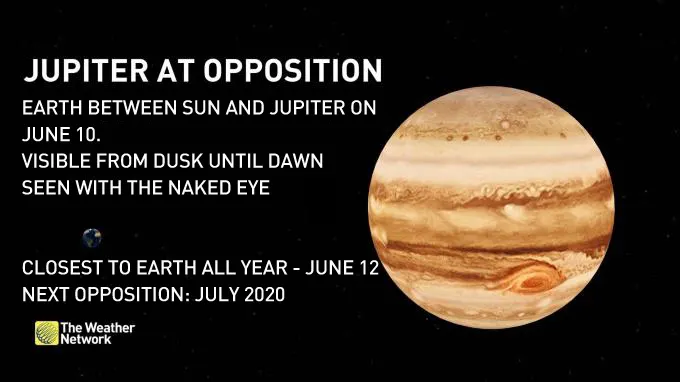
HOW TO SEE IT
You don't need to be a professional astronomer to witness the beauty of Jupiter - a simple pair of eyes and clear skies will do the trick.
As the sun sets to our west, look to the eastern horizon and watch Jupiter rise across the starry night sky in almost an exact opposite timeline to the Sun. To the naked eye, it will appear as a bright "star", but will graze along a path from east to west among the background of stars from dusk to dawn ... all night long!
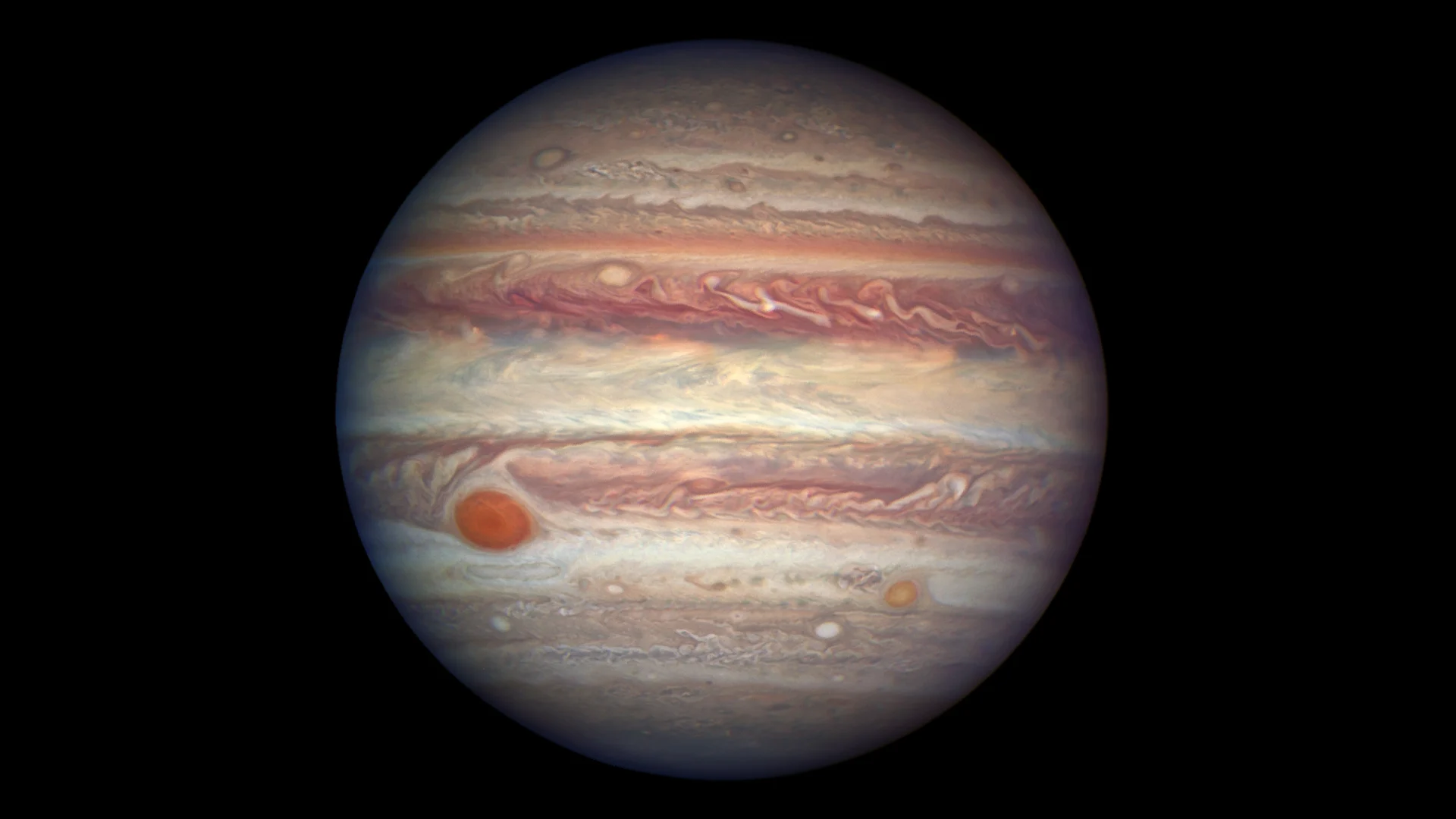
Jupiter, on approach to Opposition in 2017 from the Hubble Space Telescope. Credit: NASA and ESA
With a good pair of binoculars and a steady hand, you can get a glimpse of Jupiter's Galilean moons: Ganymede, Io, Europa and Callisto. Look closely as they will appear as 4 tiny dots close to the planet.

The 4 Galilean moons. From left to right in order of increasing distance from Jupiter, Io is closest, followed by Europa, Ganymede, and Callisto. Credit: NASA/JPL/DLR
So over the next few days, do yourself a favour and look up at the night sky to enjoy the spectacular sights of Jupiter from our own planet and a view that won't be this great again until June of 2019.
For more, be sure to read our guide to summer astronomy and check out our other space content!
Happy planet hunting!









